Businesses today have realized (and rightly so) to emphasize devising strategies that revolve around their customers. In other words, putting customers and their interests first is a way forward for companies in this digital age.
There was a time when marketing used to be a one way communication and businesses were dictating the terms. Today, however, it is customer who is firmly sitting in the driving seat and making informed decisions regarding what to purchase and whom to engage with. Part of the reason for this unprecedented age of customer is technology-driven change along with an explosion of open and online engagement. Companies are now constantly being scrutinized by consumers in order to ensure not just better quality of products or services, but better experience as well. Suffice it to say, the balance of power has comprehensively shifted toward customers.
Customer centricity, therefore, has become the central focus of any company. It’s a way of doing business that provides a positive customer experience before and after the sale with a clear vision, exceptional strategy, and powerful execution. It includes offering greater personalization, better communication, nurturing relationships, and high-valued connected experiences across channels.
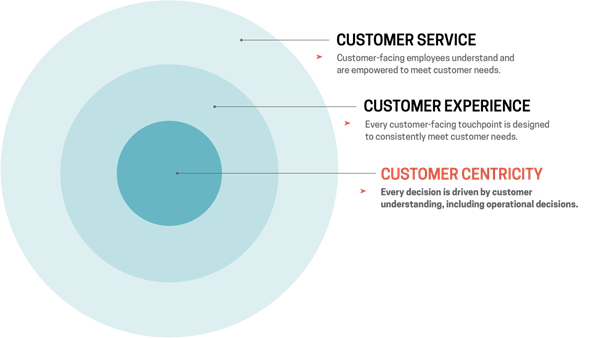
Image source: Medium
The fact also is customer-centric strategy is not a brand new concept when it comes to businesses for making it big in their respective domains. But the key question is, are companies really getting customer centricity right given today’s evolving competitive landscape?
Thus if you want to succeed in this hyper-competitive environment, leveraging the best practices of customer-centricity is the only way forward.
Here is how you can transform your business through customer-centricity:
- Anticipate and operationalize on genuine customer needs
The first and foremost principle of creating a customer-centric culture is to know your customers and their needs. Understanding their needs is extremely crucial in terms of development, sales, and marketing performance. One of the most intuitive ways of understanding customer needs is to first offer them your undivided attention. They deserve it because they are spending their hard-earned money on your product or service. The next logical step to take to figure out whether your product or service is resolving their problems. After that you should focus on your products’ functionality, convenience of use, price, reliability, performance, efficiency, and compatibility. As far as service is concerned, you should focus on empathy, fairness, transparency, and accessibility. For example, Amazon has a highly responsive service team that provides gift vouchers and free months of Prime service. You must know what their pain points are and what makes them tick. It helps you create your concept of action, which further provides detailed information to meet the needs of your customers. In other words, when you understand the reasons behind their needs, you can effectively and appropriately respond to them. According to a PwC study, in the US only 38% of businesses’ representatives understand consumer needs.
Even Steve Jobs once quoted “Get so close to your customers that you can tell them what they need well before they realize it themselves.”
An important aspect of understanding customer needs is to know that you interact with your customers in different stages of their buyer’s journey. These stages are – Awareness, Consideration, and Decision. So you have to figure out which stage your customers are in at the time of interaction.
The next step is to understand which tools you use to engage them. Therefore your primary focus here is to keep them engaged in your business and find ways to make them your loyal customers. For that you need to encourage your customer support specialists to research the consumers they are interacting with and create mini personas for them. Customer Research includes understanding statistical profiles of prospects as well as understanding the nuances of individual buyers and their thought process. Following are some effective ways of researching your customers:
- Use Google Alerts to monitor key trends, customers and specific products.
- Interview your current customers, which will give you a valuable insight into their-making process.
- Use web analytics and understand the patterns of visitors’ behaviours.
- Study your competitors. Going through their case studies might help you better understand your prospects.
- Use the efficacy of social media to your advantage; for example, LinkedIn and Quora.
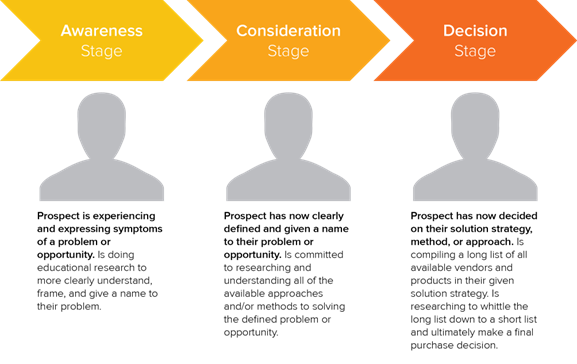
Image source: Hubspot.com
- Personalization Is Crucial For Building Customer Relationships
As a simple rule of thumb, to positively engage your customers across various marketing channels is to get personal. Personalization is putting customer-centricity into action in order to enhance your company’s relationship with your customers. In this technology-driven digital age, data crunching is at the heart of personalization to fulfil individual customers’ expectation. In view of this, the data economy (or D Economy) forms a central pillar of the famous entrepreneur Jack Ma and his story of success. Personalization helps you in segmentation, targeting, and messaging each customer interaction. Today, almost all businesses agree that personalization advances customer relationships.
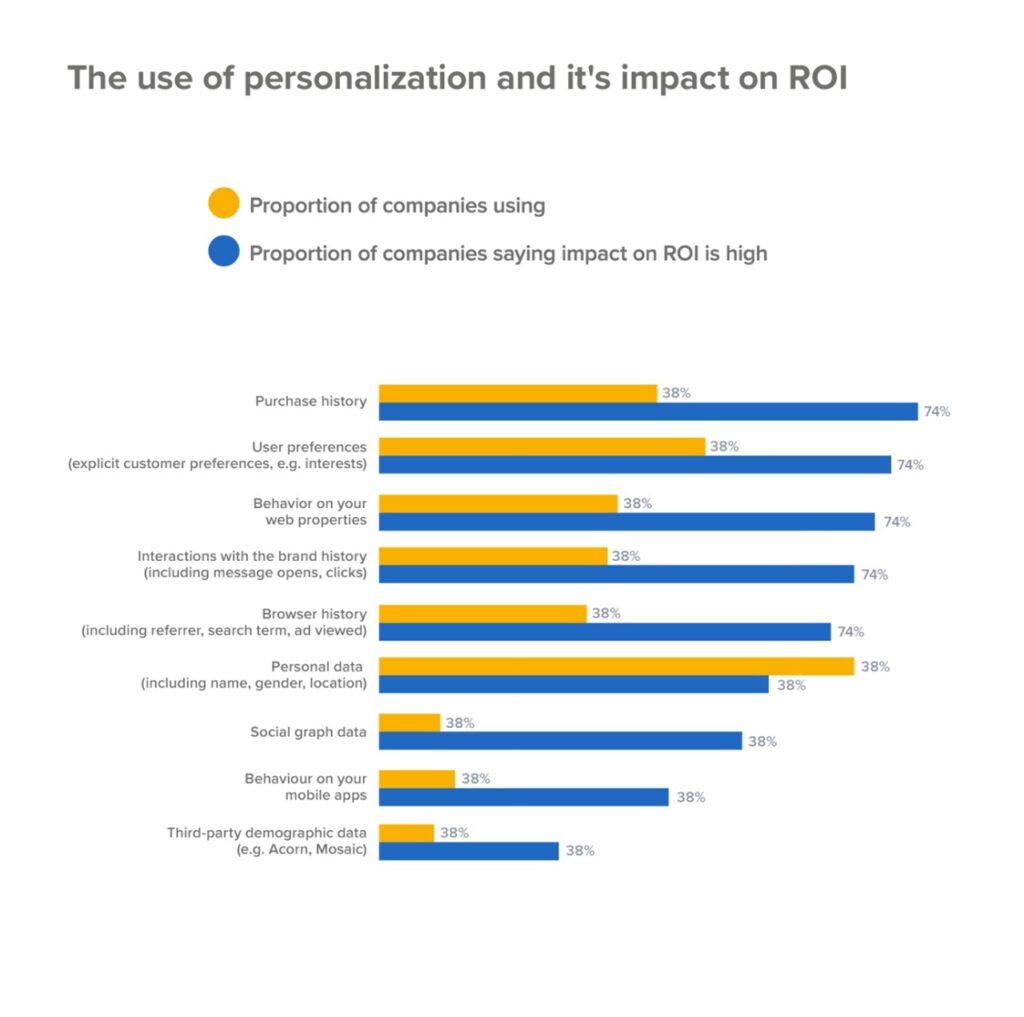
Image source: SuperOffice
Now the pertinent question arises here is, how much personalization is enough to satisfy your customers’ needs as well as to keep you ahead of your competitors?
Here is how you can incorporate personalization in your marketing strategy:
- Relevant content
Effective personalization begins when you tailor your content to a specific target audience. When you create content based on the behaviours, demographics, and interests of your prospects the message is much more compelling.
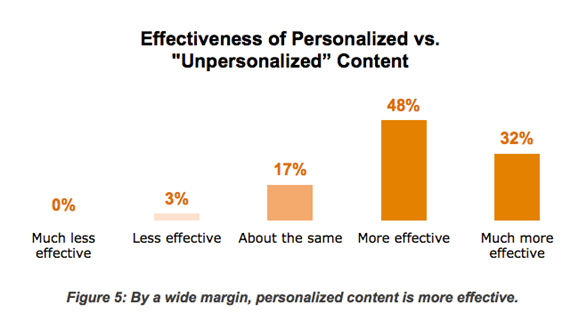
Image source: Contently
- Homepage personalization
Personalizing your homepage can have a huge impact. With that you can effectively help people find what they want by showing products or services based on their interests and past experiences.
Product recommendations
If you are running an e-commerce business, personalized product recommendation is the key to attract as well as retain your customers. This is simply because optimizing the product discovery process eliminates long and effortful searches. As per a recent report, 80% of consumers like it when retailers recommend products to them based on previous purchases.
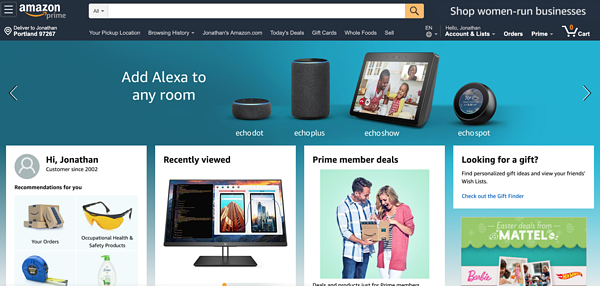
Image source: Weidert Group
- Use AI and Machine Learning
AI and business intelligence are the new ways to make personalization more relevant and effective. For example, predictive analysis can inform your sales agents exactly when a prospect needs a product. That is, the use of technology helps you understand the pertinent buying signals.

Image source: Yahoo Finance
- Identify The Key Drivers Of Customer Loyalty
Investing in customer loyalty goes a long way in increasing profitability as your customers tend to stay longer with your company. It is basically driven by delighting your customers, educating them, caring for them, and providing high service quality. When you make your consumers feel appreciated they have an emotional connection with your brand, which helps your business in the long run.
Following are the key factors that drive customer loyalty:
- Listen to your customers
It goes without saying brands that own voice of customers own the marketplace. If you listen to what your customers are saying or expecting, you can easily improve your products or services. Use every methods to listen and learn from your consumers. Thus doing so allows you to establish a strong relationship with them.
Following are some methods that will help you listen to your customers more effectively:
- You should start by making it easy for your customers to give you their genuine feedback.
- Establish a two-way communication with them using social media.
- After the initial interaction the communication should go on throughout the entire buyer’s journey.
- Using your customer personas involve all groups.
- Align your organizational performance toward customer expectations.
- Have a true understanding of customer journey
To become a successful brand you need to look beyond sales because purchase is just a part of the larger picture – customer journey. You need to focus on advertising, online and offline retail experience, research about your competitors, consumer touch points, and before and after sales follow-up. So all of these factors have a sizeable impact on customer loyalty.
- Manage your total customer experience (TCE)
Managing the TCE includes looking into every aspect of shopping, purchasing, attracting, and owning experience. It helps you develop ways that make the whole process simple, flawless, and enjoyable.
- Be socially responsible
Today consumers expect brands to serve as drivers of change in the society. According to a study, 81% of people expect companies to be socially responsible. This enhances loyalty because consumers tend to support brands that have a purpose other than profit making. For example, Google has achieved its 100% renewable energy target in 2017. Thus according to a report, the most popular search engine has now become the world’s largest corporate renewable energy purchaser. Similarly, Ford Motors has made serious strides to improve its environmental performance. Recently, the company developed an EcoBoost engine which not only increases fuel efficiency but saves the environment as well.
- Collect customer feedback
In order to establish a customer-centric culture in your company, you need to communicate frequently and regularly with your customers. They like it when they are approached and asked for their genuine opinions or feedback regarding products/services and processes.
- A Proactive Customer Service Can Work Wonders
One key strategy that separates you from your competitors is to provide proactive customer service. When you offer an added value that extends beyond purchase, it strengthens relationship with your customers. It invariably encourages them to speak highly of your brand and its offerings. This not only reinforces your reputation but it becomes a lot easier for you to acquire more customers.
Being proactive allows you to detect and solve consumer issues. You can identify these issues before they get out of hand and become customer pain points. The fact is a reactive service might satisfy your customers, but it won’t be a surprising delight for them. So the proactive approach requires you to resolve their issues seamlessly and behind the scenes. The main advantage of doing so is your customers will be enamoured by this gesture rather than noticing anything is in fact wrong. Proactive customer service can take a number of forms, such as FAQs, forums, knowledge base, and instructional videos. Therefore, it is always better to address these pain points before your customers become annoyed. Even from consumers’ perspective, a proactive service is considered a thoughtful step on your part and is widely appreciated.
There are a number of ways to provide proactive service. There are some good examples of companies using a proactive approach. For example, the SmartVideo technology used by AT&T is helping in minimizing ‘bill shock’ for its new and returning customers. Implementing this strategy has allowed AT&T to significantly reduce its inbound calls.
Your company’s hours of operation should aligned with the needs of your customers. Incorporate a wide range of communication channels as a means to connect. Provide them self-service materials to find answers quickly; so use your company’s collaborative efforts toward this direction. Another effective strategy is real-time monitoring of customer’ activity on your website. A live chat can help you in this regard. Apart from getting in touch with your customers, the live chat option helps you understand what your website visitors are up to. It provides them with instant access to your support staff and sales team. Your staff, in turn, can give quick answers to questions about your products. You can solve problems faster and assure your customers that you are always on your toes when it comes to best customer service. Live chat also allows you to gain access to all the previous chat histories. Thus it can go a long way in sorting, searching, and filtering to quickly learn your consumers’ pain points
- Hire A Team That Reflects On Your Core Customers Values
The most important resource that helps you create a strong customer-centric environment is your team (or employees). You need to hire a team that is in sync with your methodologies and how well the team members work together. It is important to integrate your core customer values into your coaching and training programs. Your employees must be fully aware about whom you sell to and what’s most important to them. Your team should enjoy an efficient communication flow between its members. Everything an individual finds out about customer needs must be seamlessly disseminated across the board.
To realize the full potential of your team, you can incorporate mentorship and knowledge sharing as an effective strategy. You can pair the new employees with the experienced ones. When the new employees are ready to take the baton ahead, the veterans should observe them for support and feedback. Furthermore, incentives and rewards can drive desired behaviours for employees. You need to leverage incentives to motivate positive behaviours so that expertise is achieved.
Final Thoughts
In today’s fast changing digital and competitive landscape, customer-centricity has become a vital component of business strategy. It’s a culture that not only includes putting customers first but understanding them and their needs. It is important in creating long-lasting relationships with customers by going beyond fulfilling their expectations.
